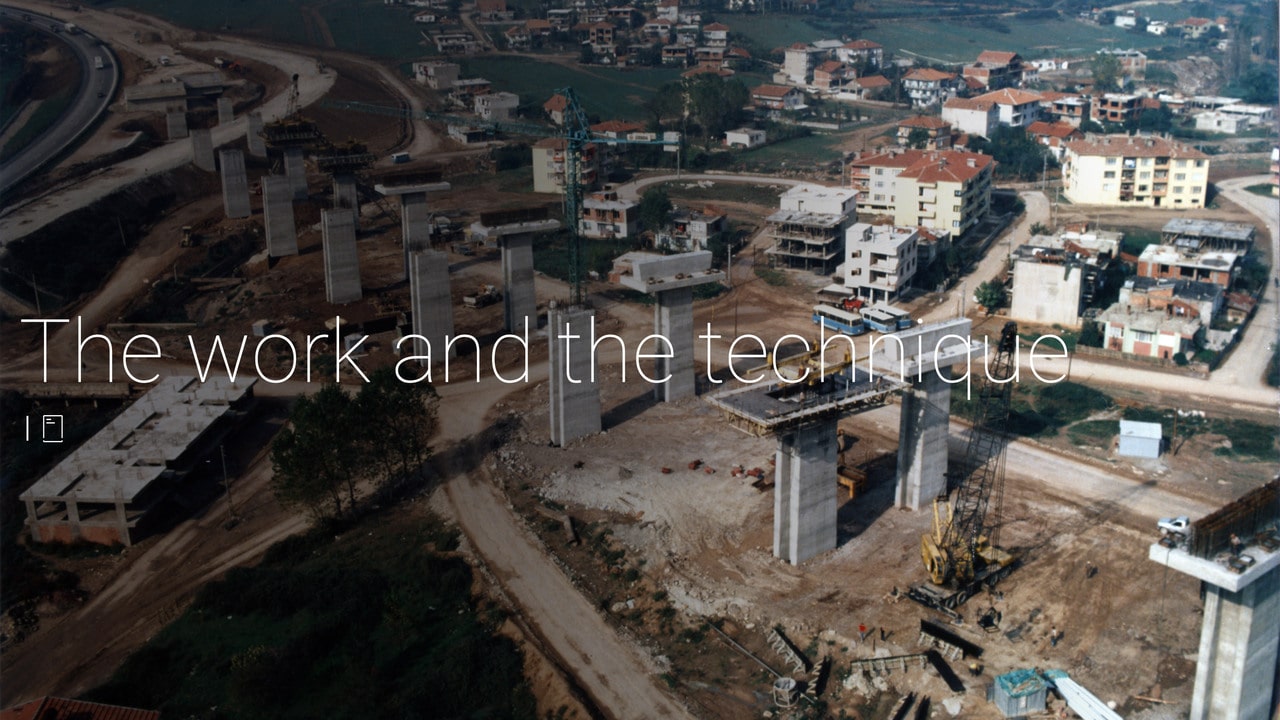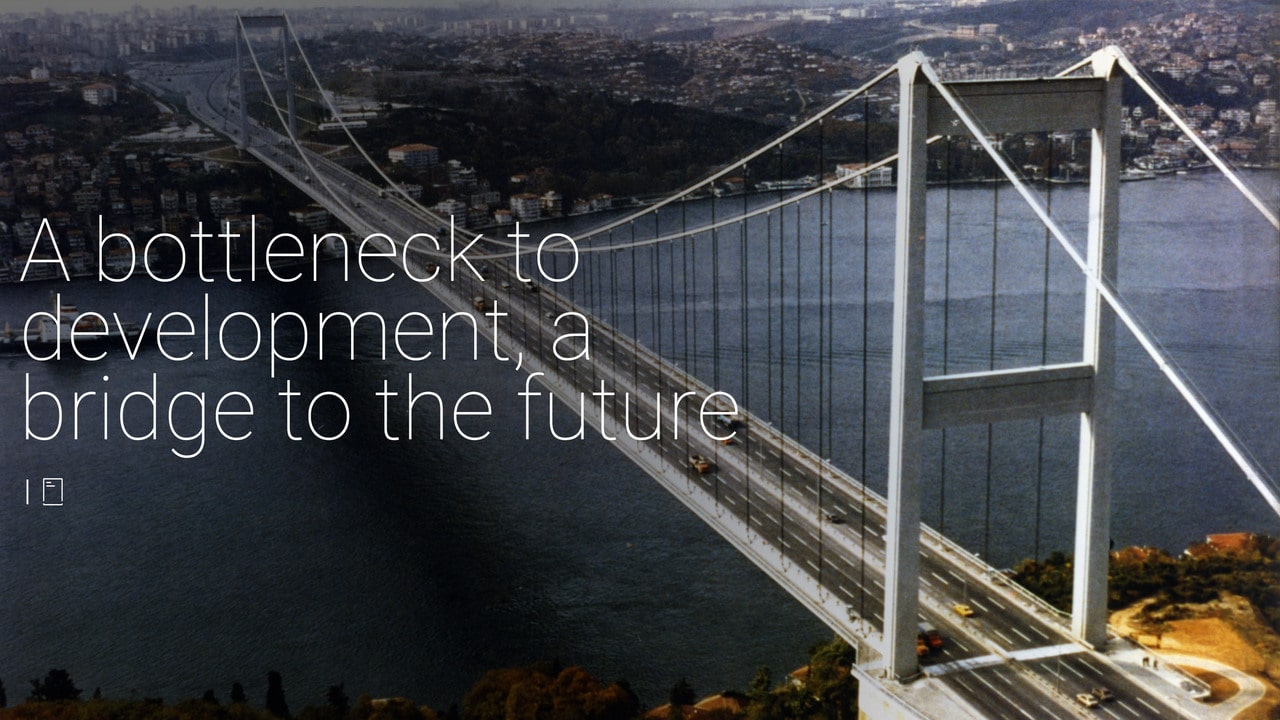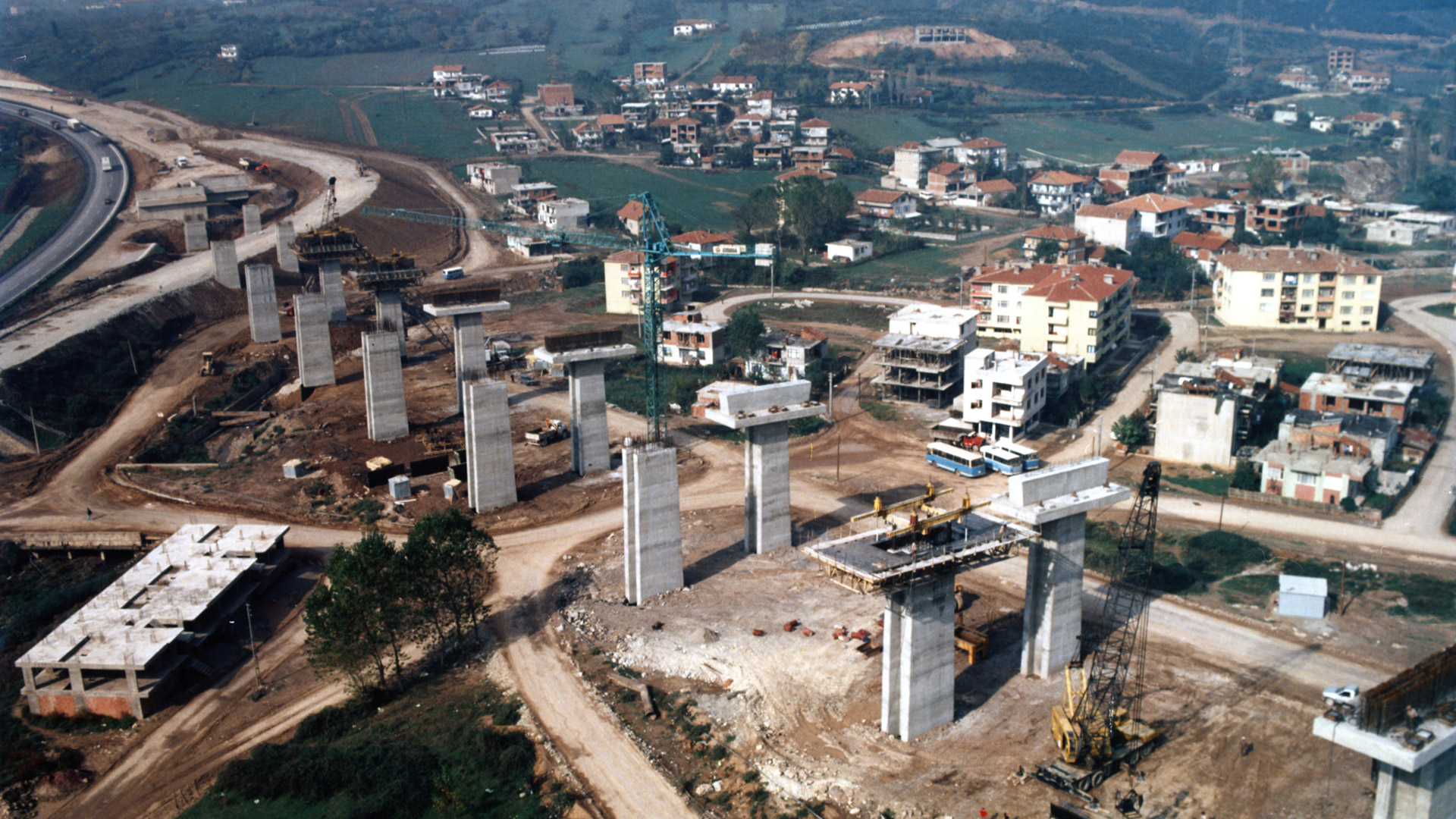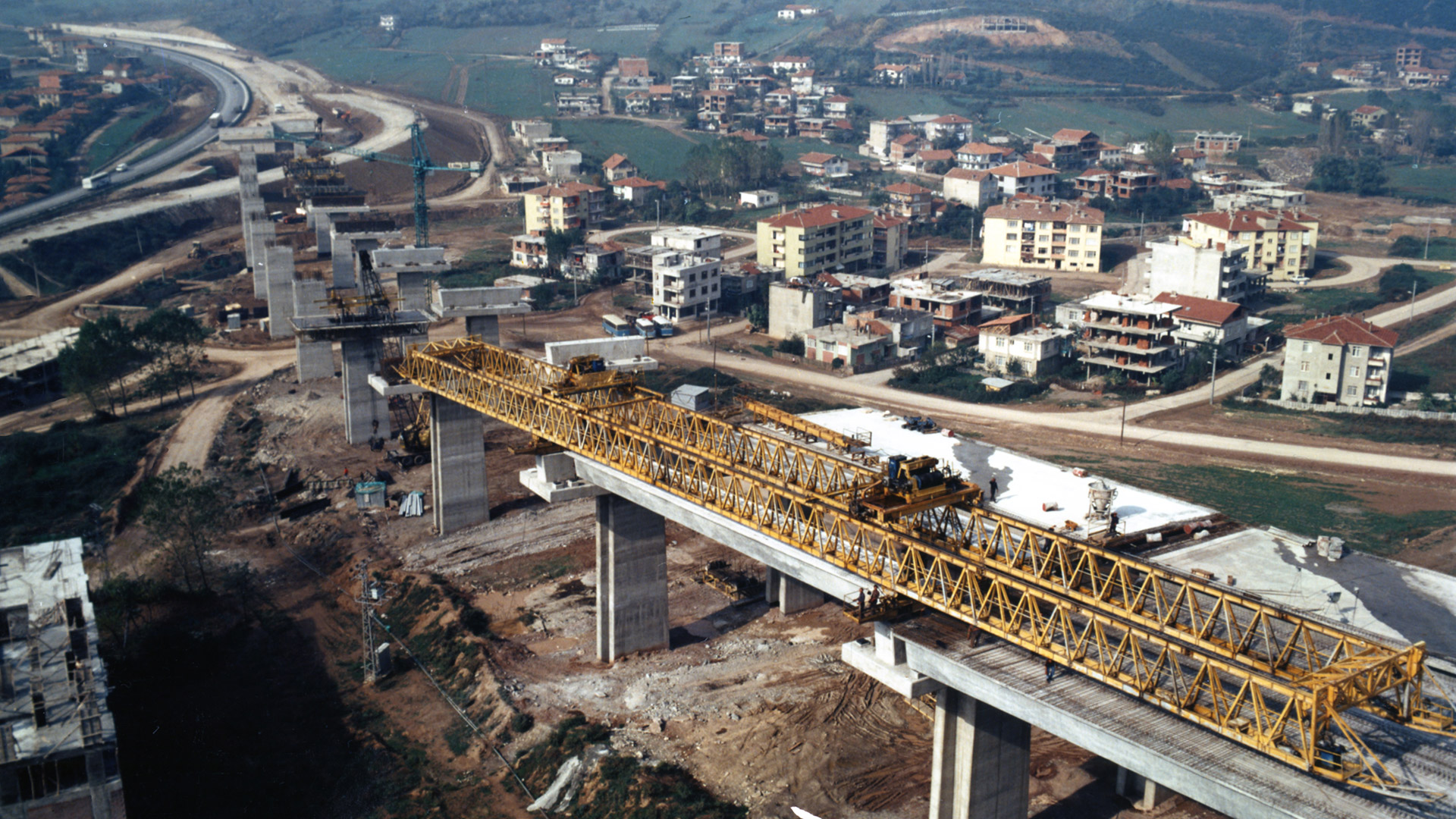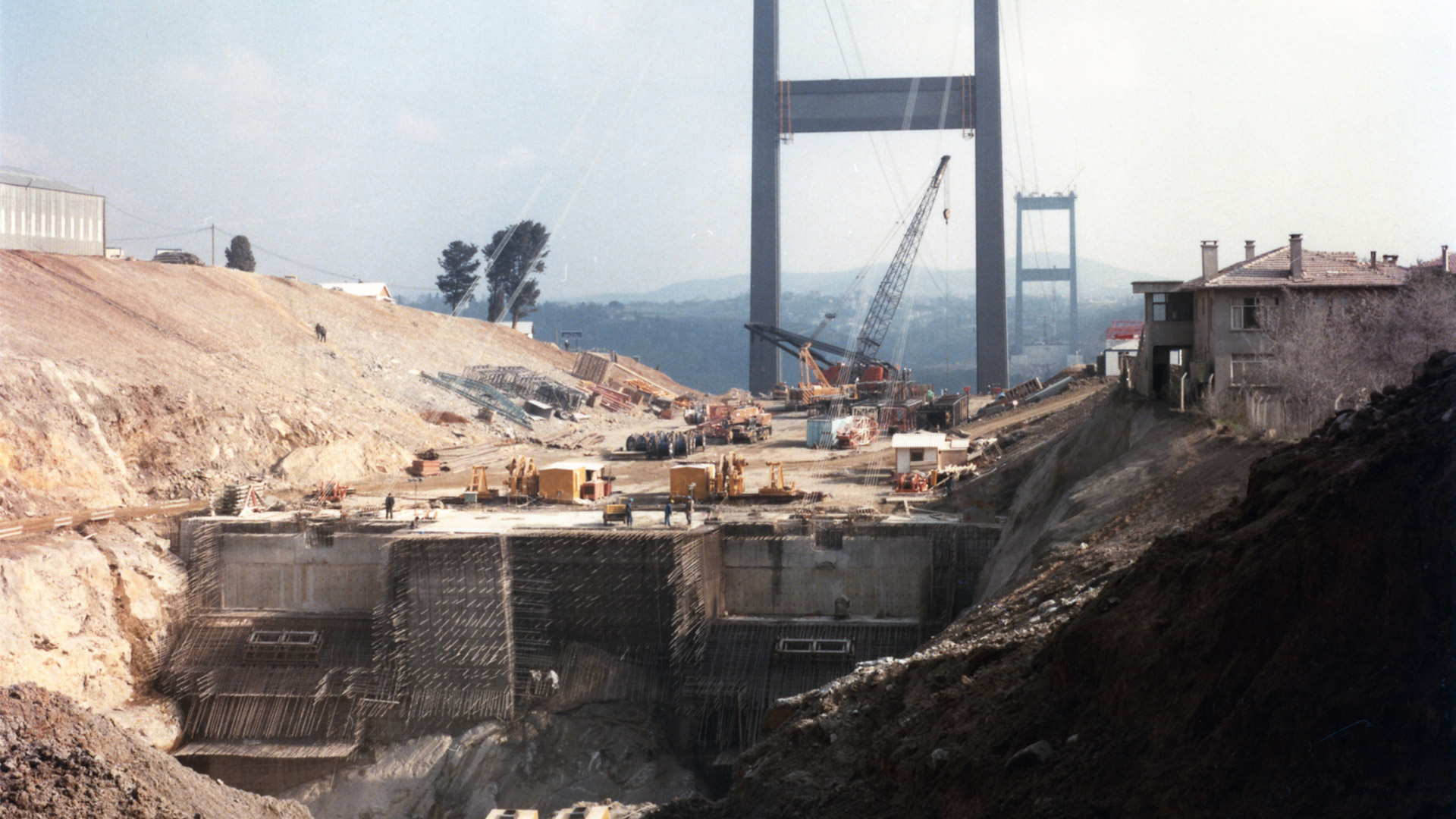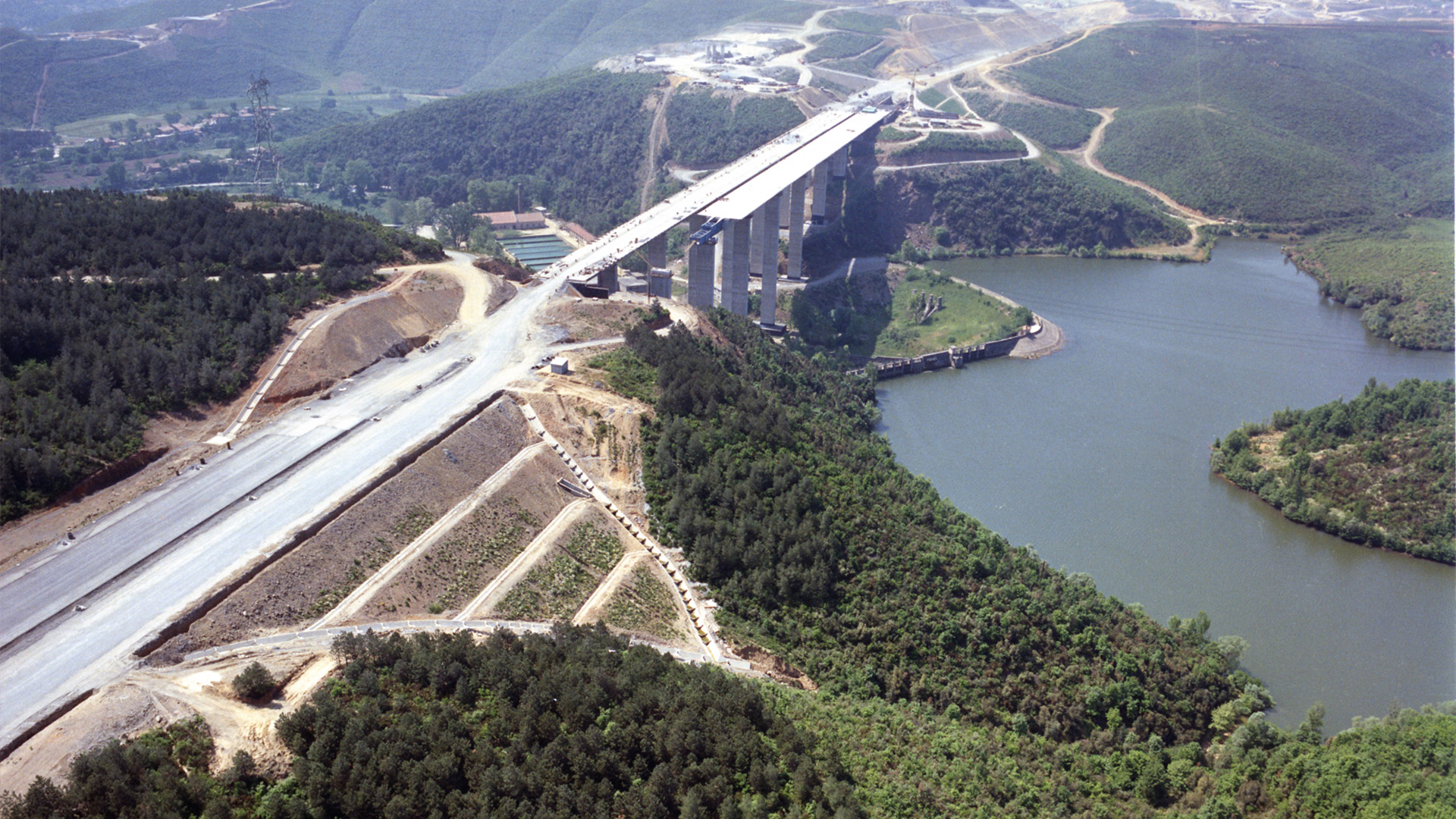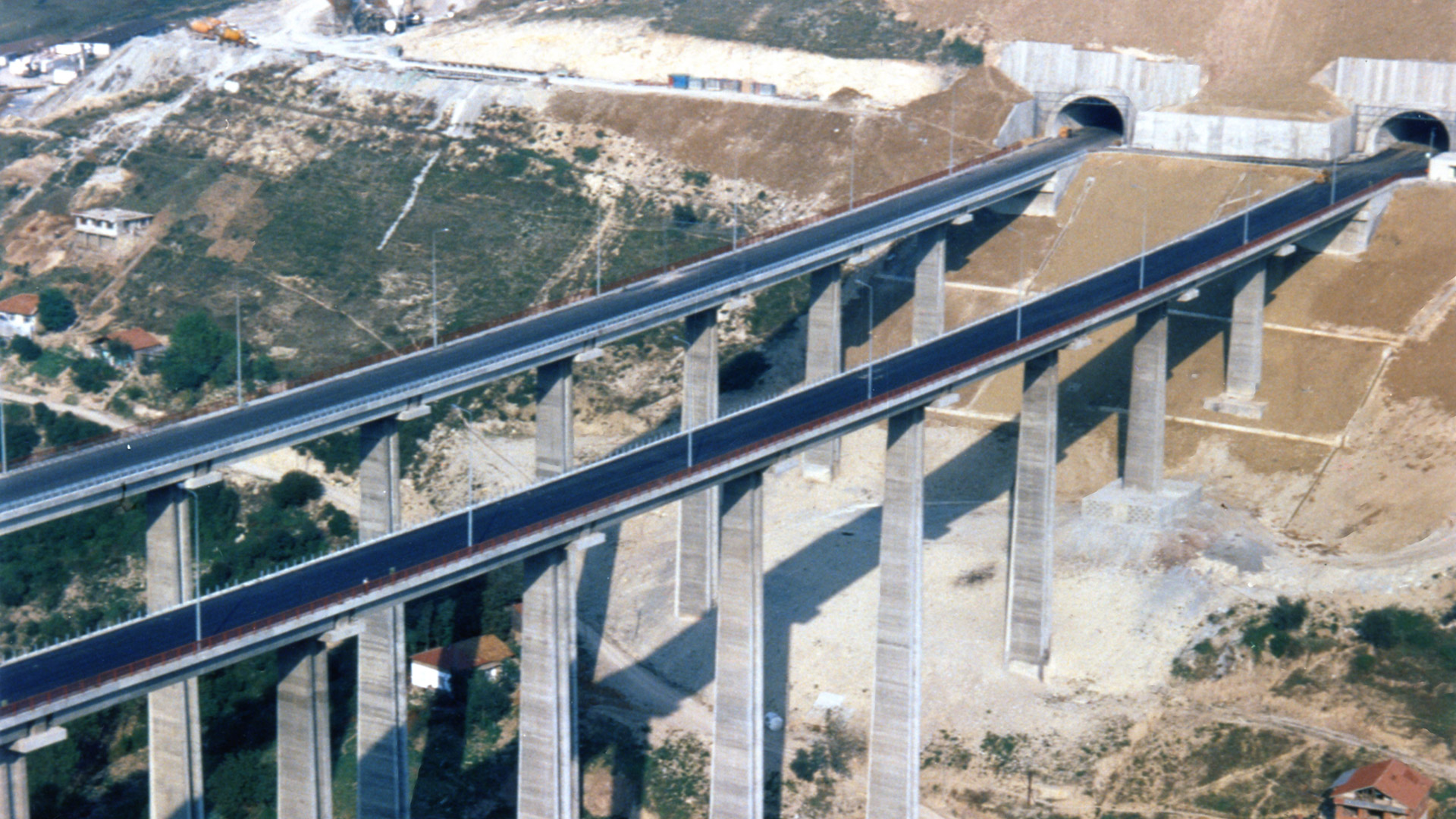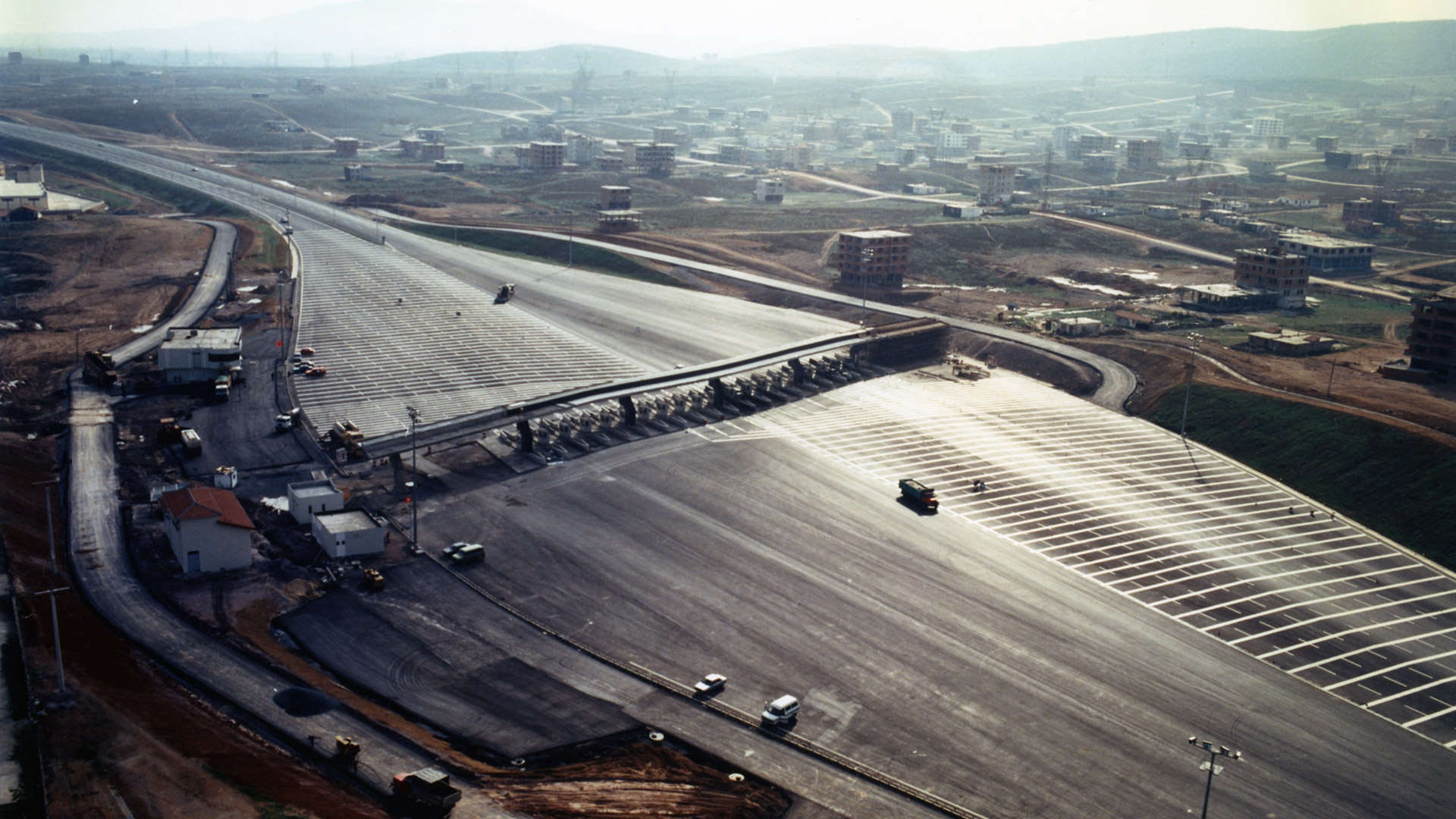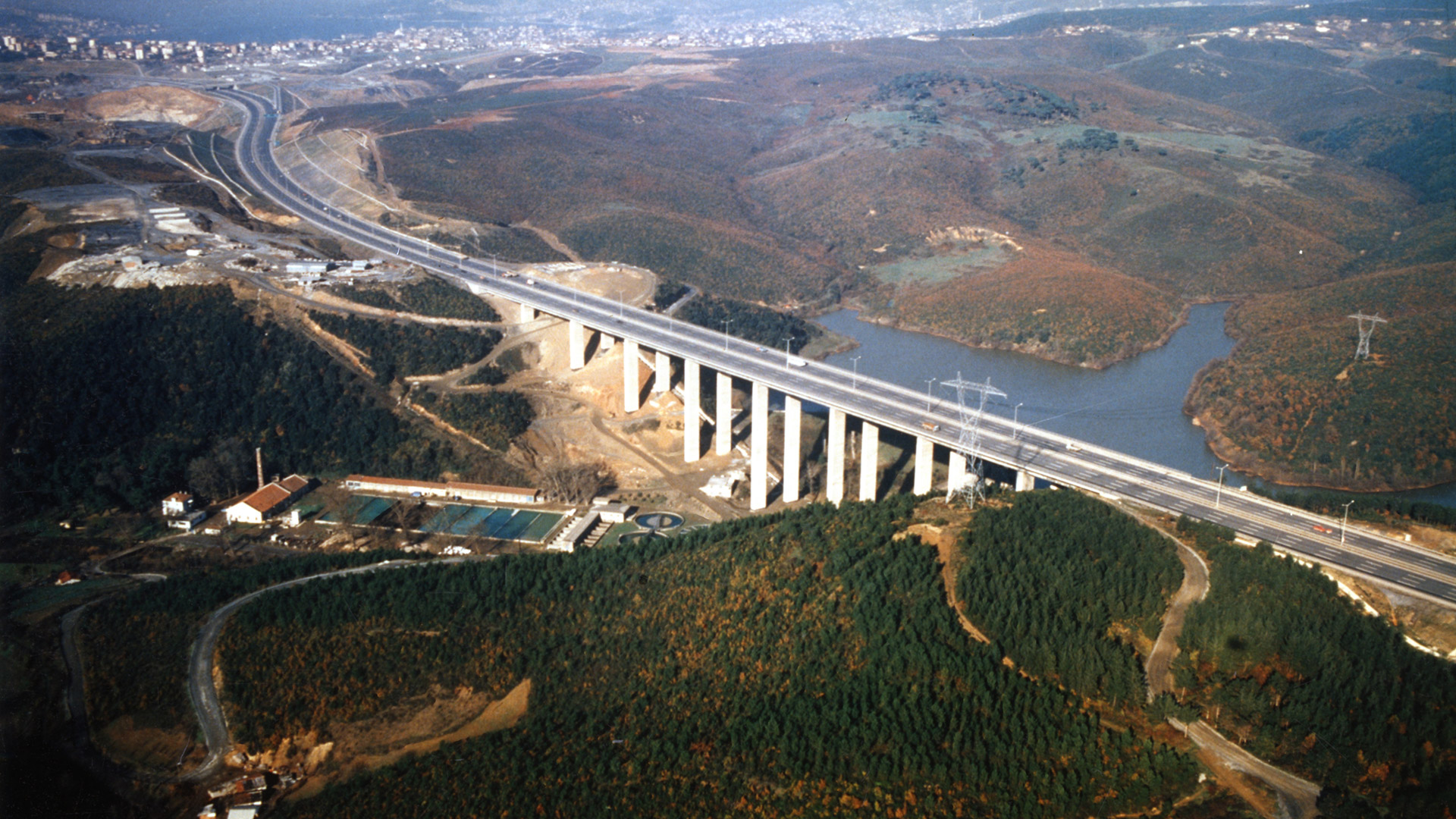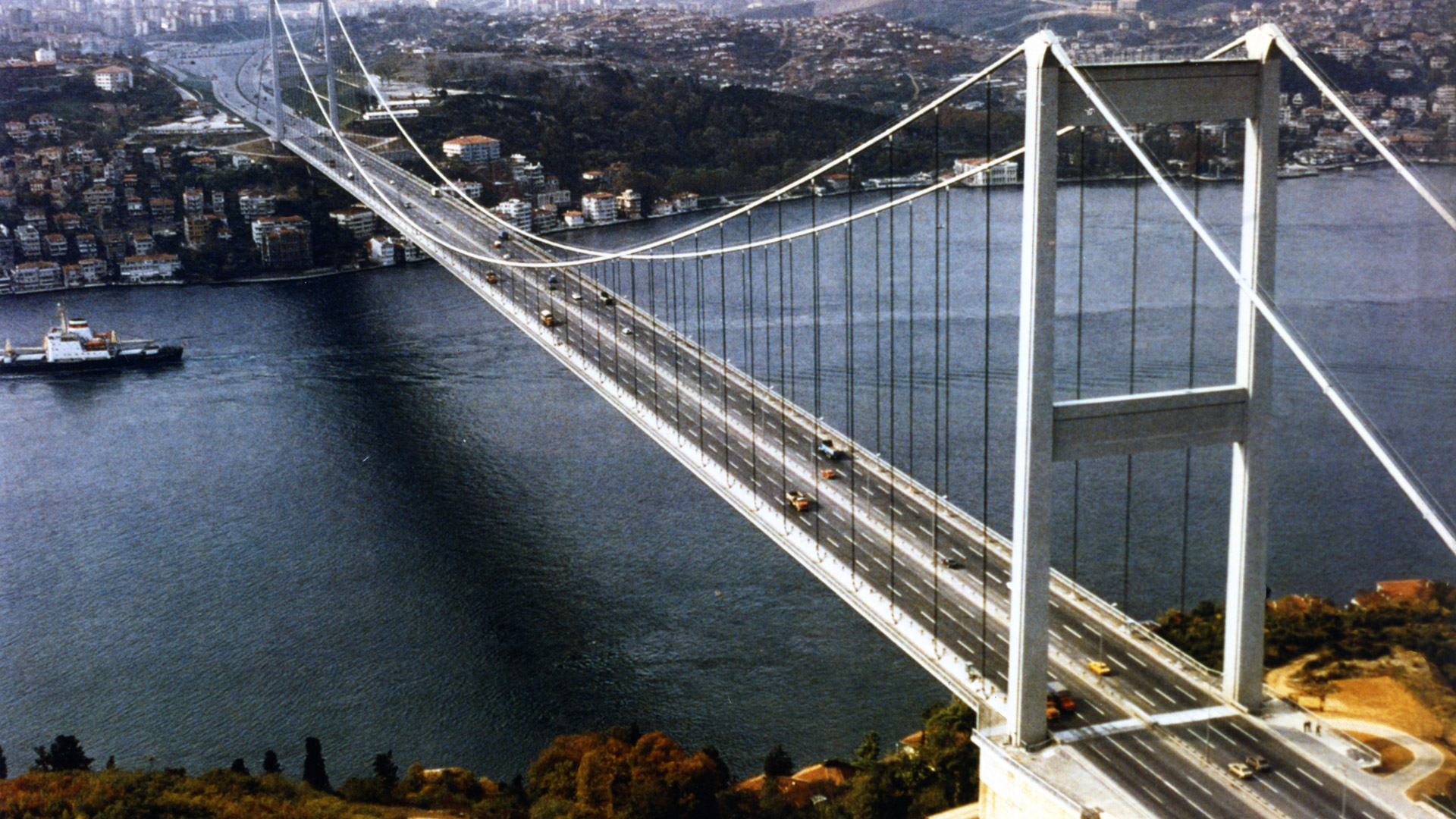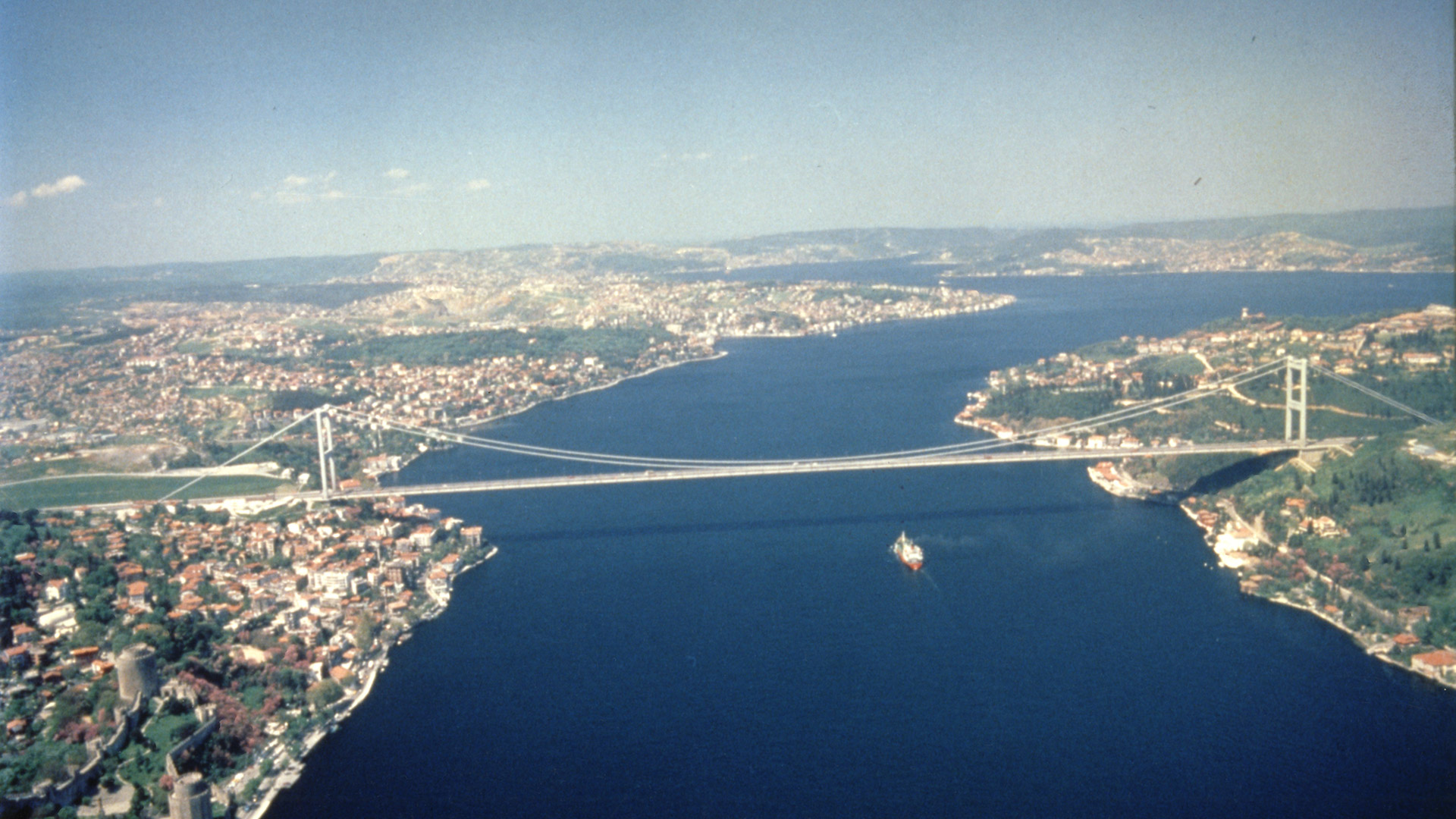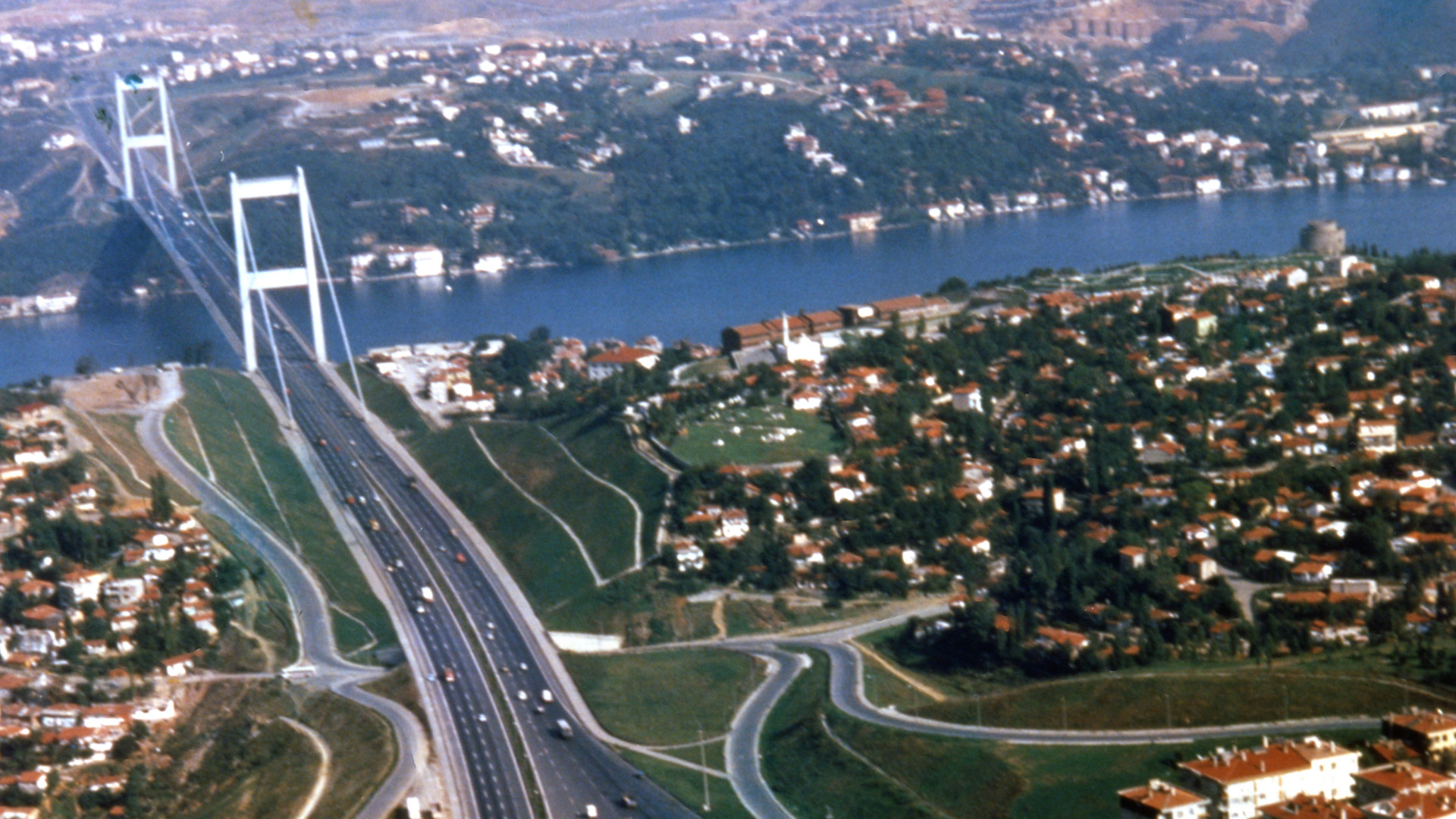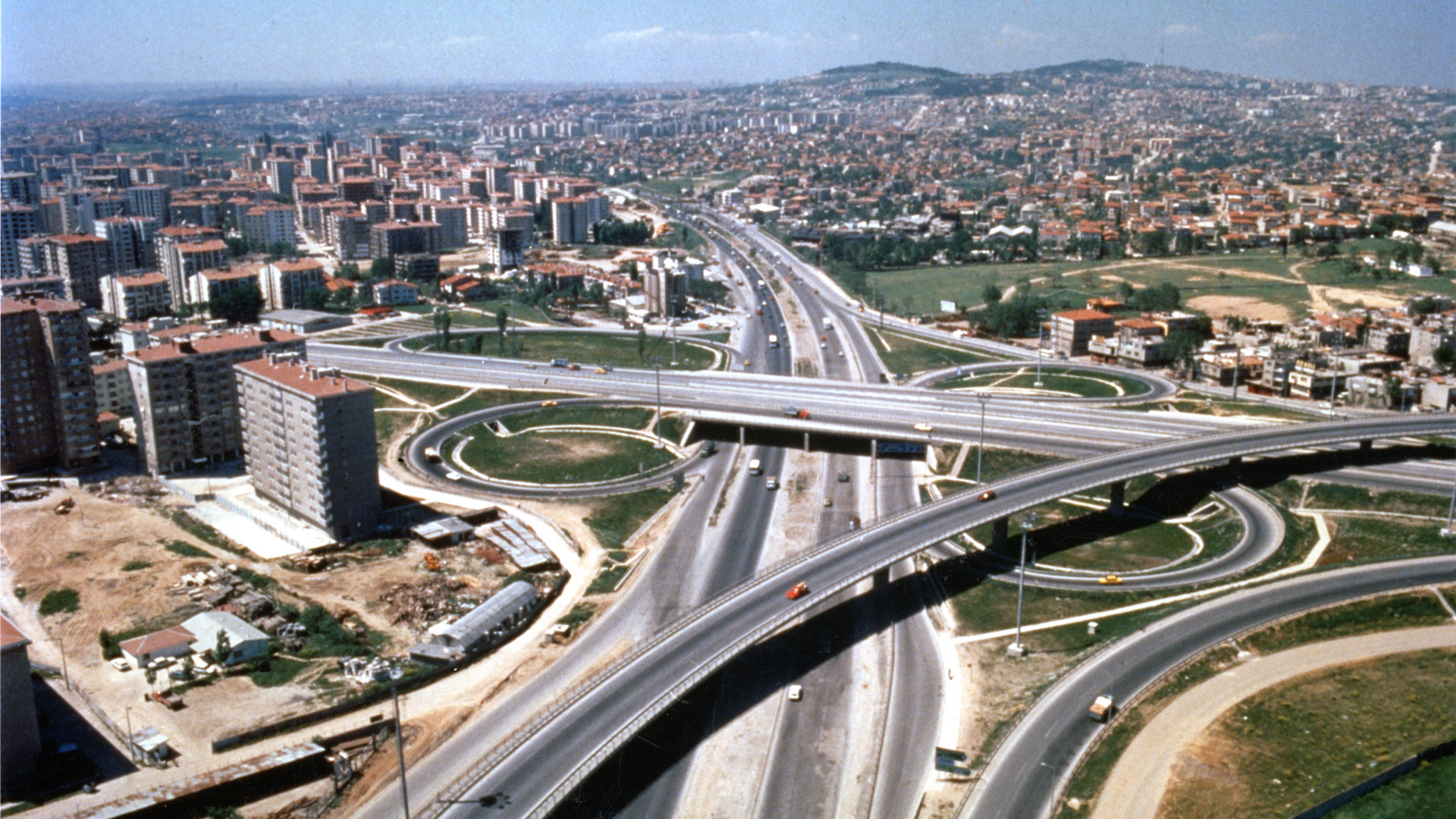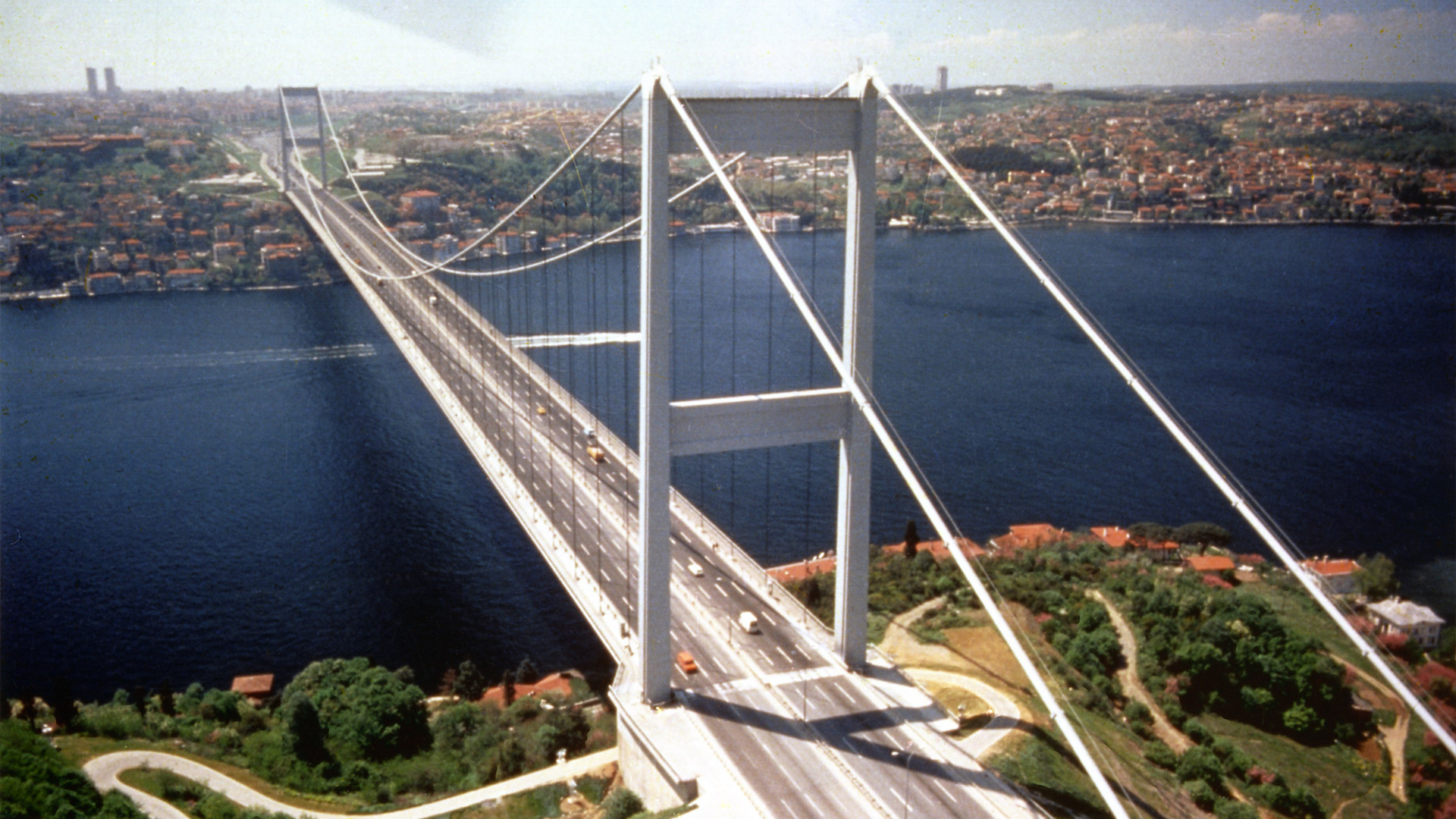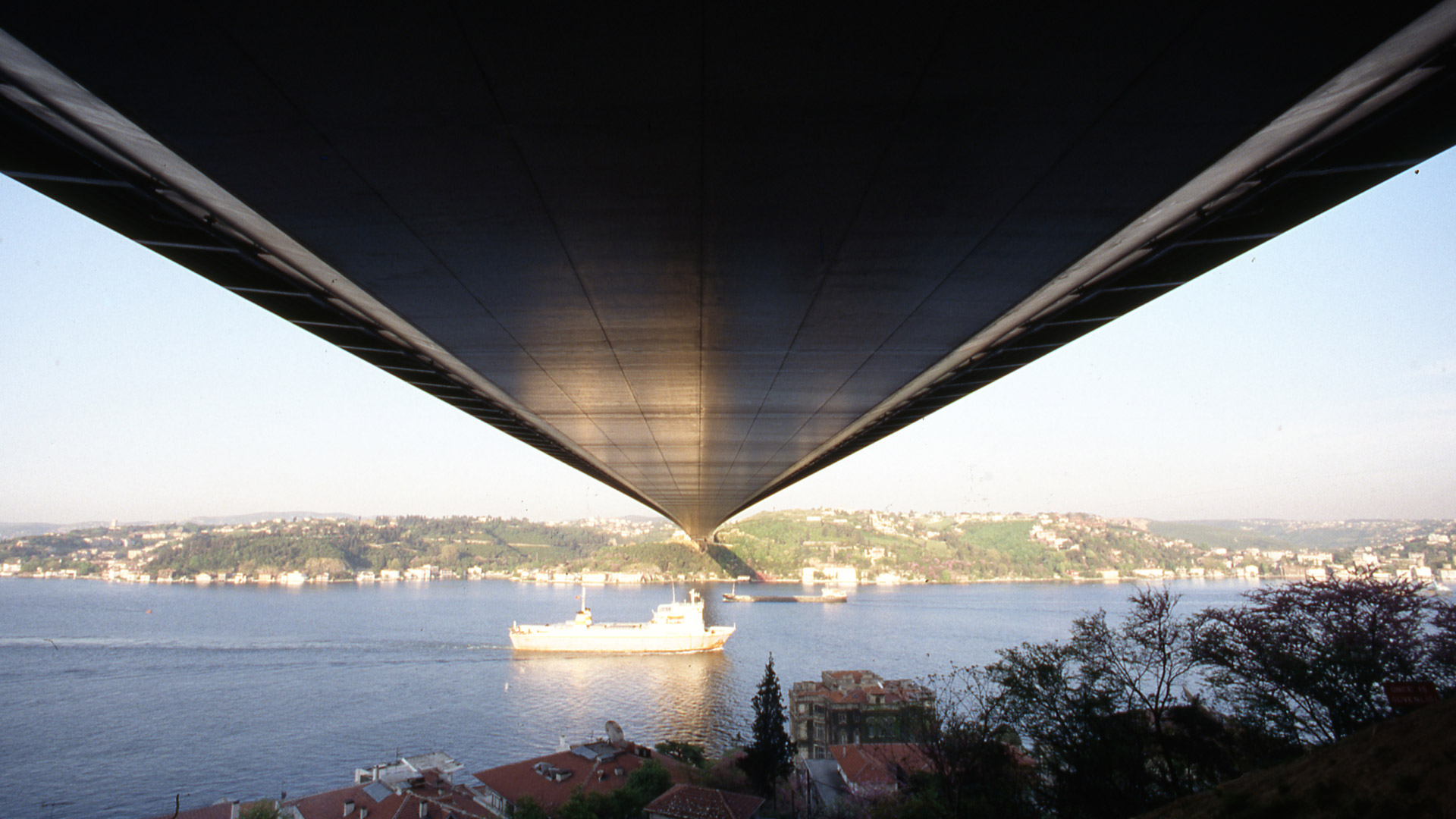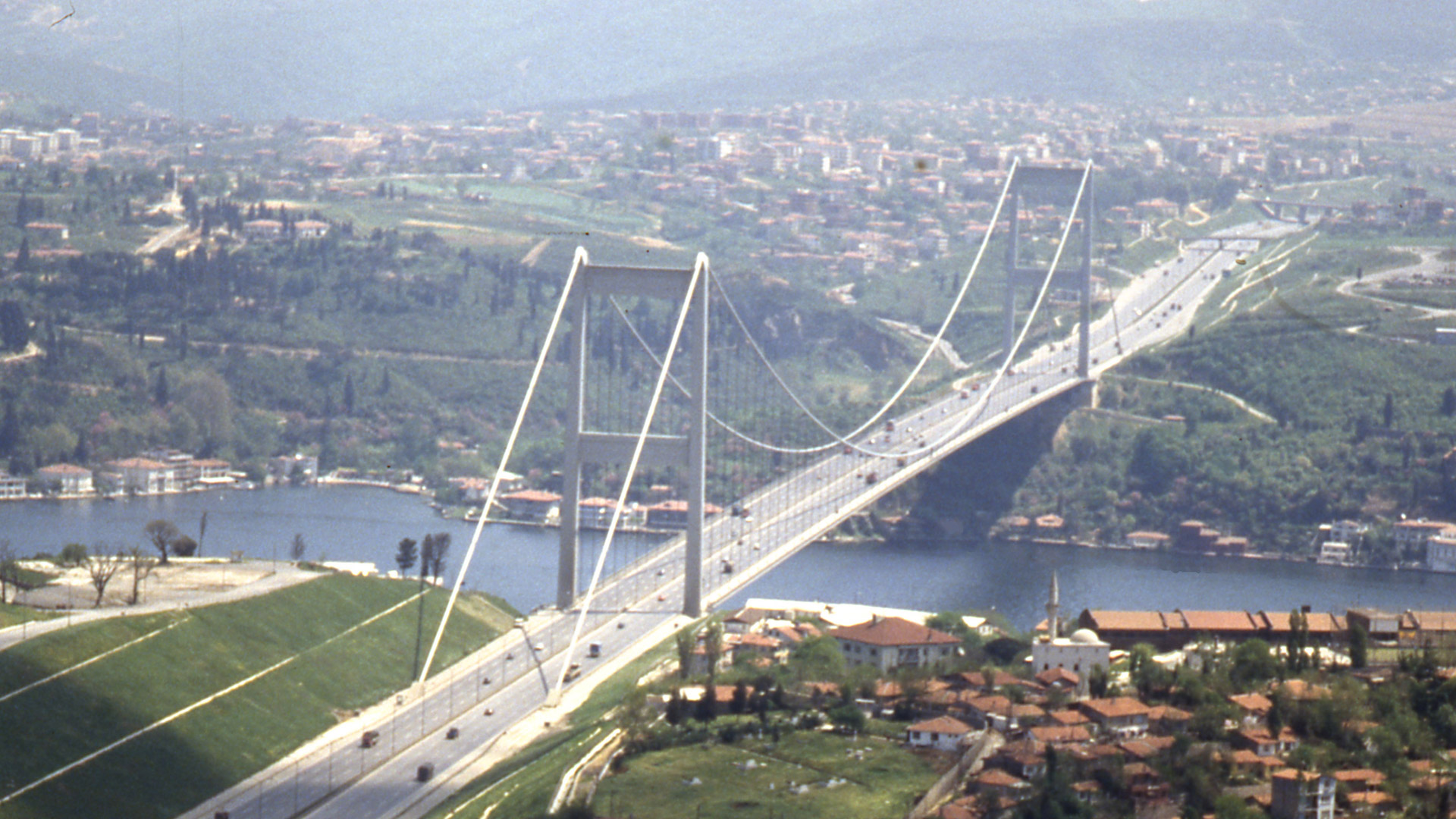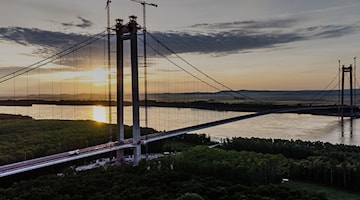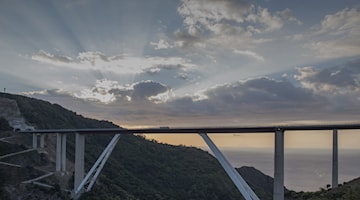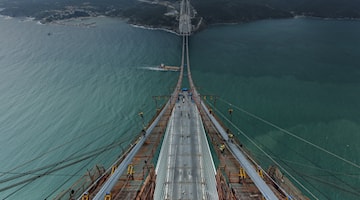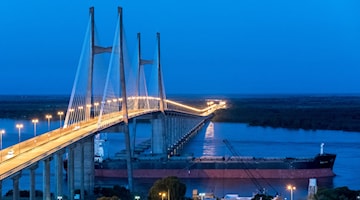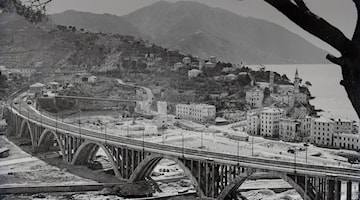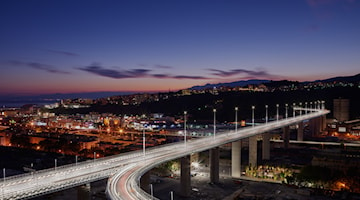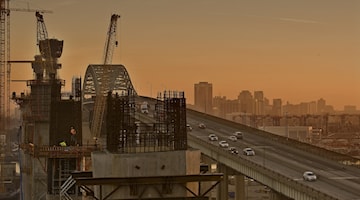Two continents embrace
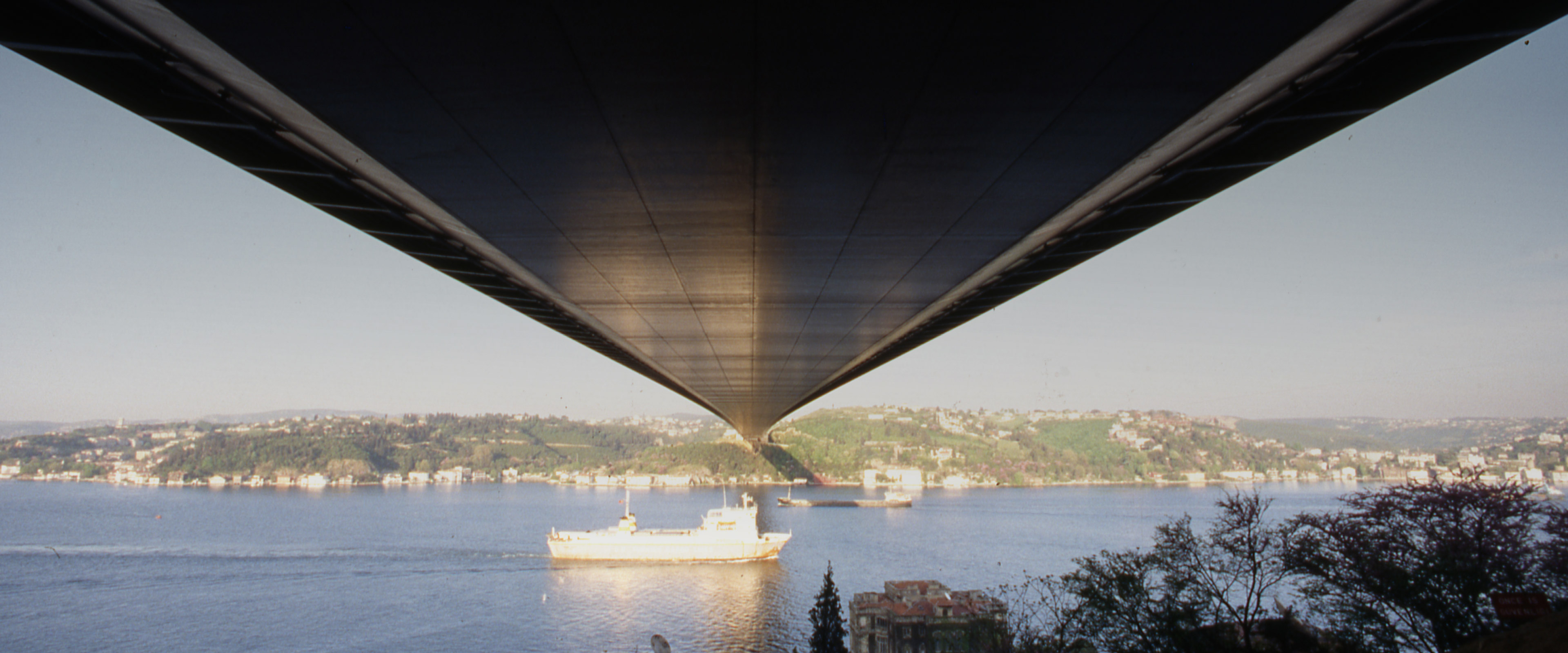
SECOND BRIDGE OVER THE BOSFORUS, TURKEY
Probably originating from a river valley flood in 5600 BC, the Bosphorus connects and separates the Black Sea and the Sea of Marmara, Europe, and Asia.
Three bridges span the Bosphorus, which is tricky to navigate due to the strong current from the Black Sea to the Aegean. One of these is the Fatih Sultan Mehmet, named after Muhammad II the Conqueror, the second bridge in chronological order (about 5 km from the existing one).
After the first suspension bridge over the Bosphorus, opened in 1973, Istanbul's modernisation process and economic growth required a second connection. It came with the construction of the motorway from Kinali to Sakaryache (two cities in Europe and Asia 247 km apart).
The centrepiece of one of the Turkish Republic’s most important motorway projects, the Fatih Sultan Mehmet was built between 1985 and 1988 and opened in 1988, 192 days ahead of schedule. At the time, it was the world’s fifth longest suspension bridge. It is 1.5 km long and 64 metres high (with 107-metre towers).
The main steel span is three metres thick, 39.4 metres wide and 1.09 km long. It is an extremely flexible structure designed to cope with the area’s frequent seismic events.
To build it, 600,000 cubic metres of rock were excavated and 51.5 km of cables, 16,310 tonnes of steel and 140,000 cubic metres of concrete were used.
The bridge expanded the city by 30%, urbanising previously uninhabited areas. It connects the Hisarüstü District on the European side with the Kavacık District on the Asian side. In just seven years, trade around the bridge shot up by 31.8%.
Today, some 200,000 daily vehicles pass over it. It acts as a great release valve for traffic in one of the world's most congested cities. In this metropolitan area of 16 million inhabitants (18 million by 2030), most of whom commute by car, 62% more time is spent driving than would be needed without congestion.

THE WORK AND THE TECHNIQUE
METERS TOTAL LENGTH
METERS HEIGHT
METERS TOWER HEIGHT
TONNES TOWER STEEL
TONNES CABLE STEEL
M³ ROCK EXCAVATION
M³ CONCRETE
General Directorate of Highways
Impregilo S.p.A. (now Webuild), lead contractor, STFA, IHI, MHI, NKK
The project for the new motorway connecting the city of Kinali in Thrace (Europe) with the Kazanci near the Sakarya river in Anatolia (Asia) went to a joint venture led by Impregilo S.p.A. (now Webuild) and comprised 4 lots.

CULTURAL INSIGHTS

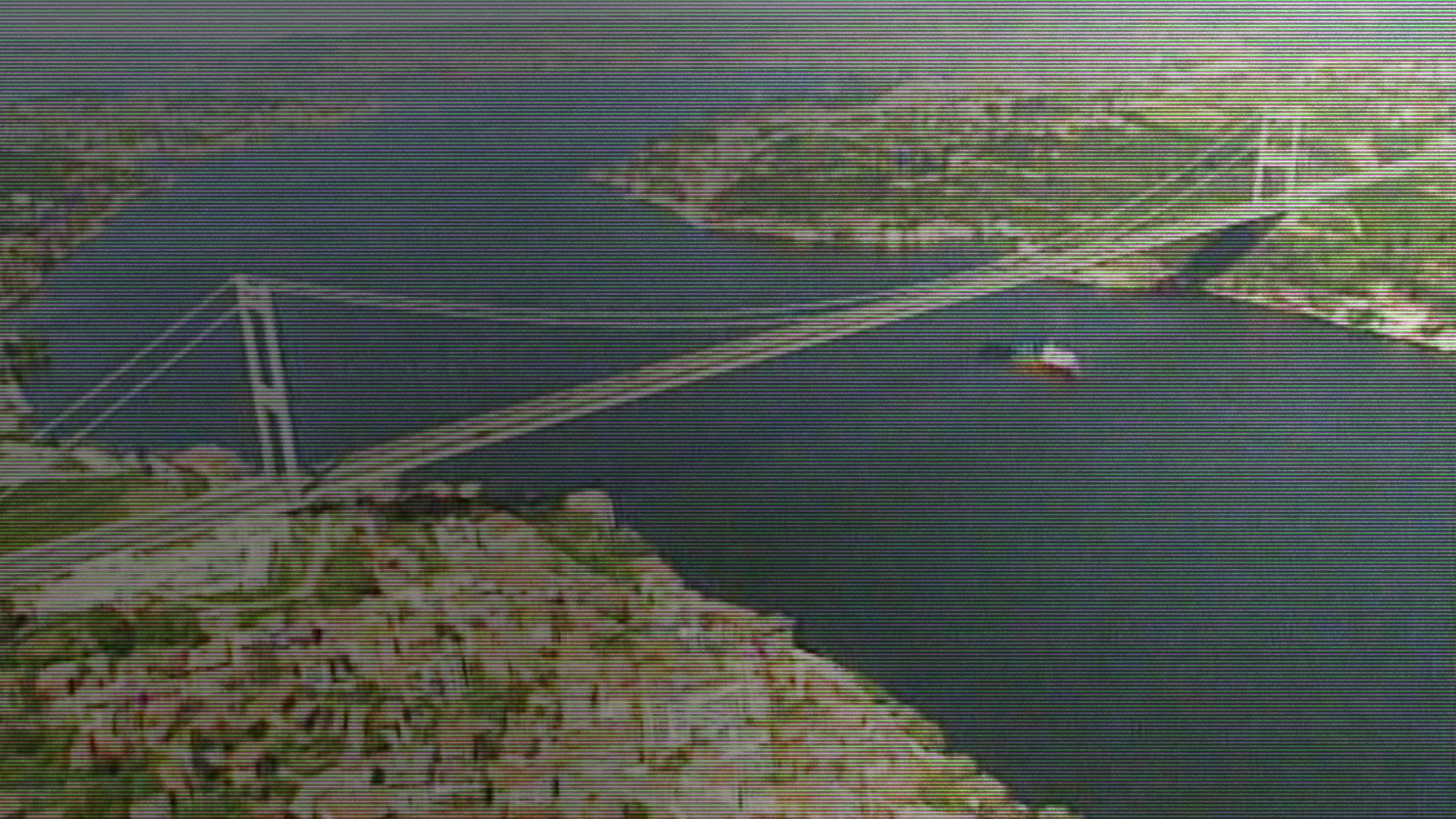
Verso l'Oriente
(Rubino Rubini, 1988)
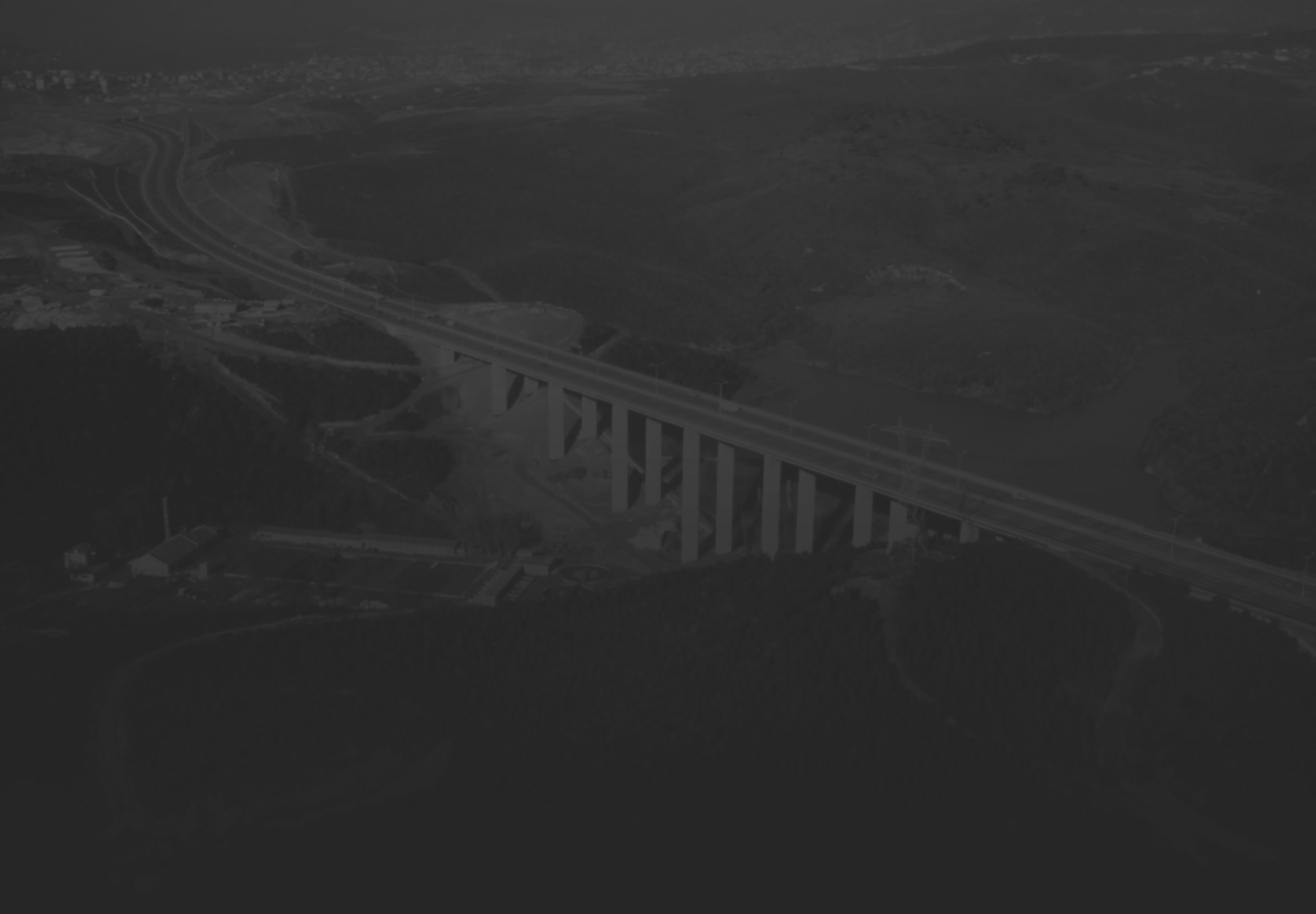
A bottleneck to development, a bridge to the future
Fatih Sultan Mehmet, the Second bridge over the Bosphorus, is a vital infrastructure for modernising the Turkish capital and the transport and logistics integration of the entire surrounding region. It also has unique characteristics for the historical era in which it was built.
The population of the metropolitan area of Istanbul officially exceeded 16 million in 2024 - an figure that is probably an underestimate. This total is expected to rise to 18 million in 2030. Today, they travel largely by car in an area restricted by the constraints of crossing the Bosphorus.
This explains why average car journey times in Istanbul are 62% longer than in normal traffic conditions, making it the world’s most congested urban area in 2021.
These figures explain why the Second bridge proved to be a lifesaving bypass, which prevented gridlock. More than 200,000 vehicles cross the bridge every day, a figure equivalent to the number of New York City bridge crossings.
vehicles moving along the Second Bridge over the Bosphorus every day
You could also be interested in







